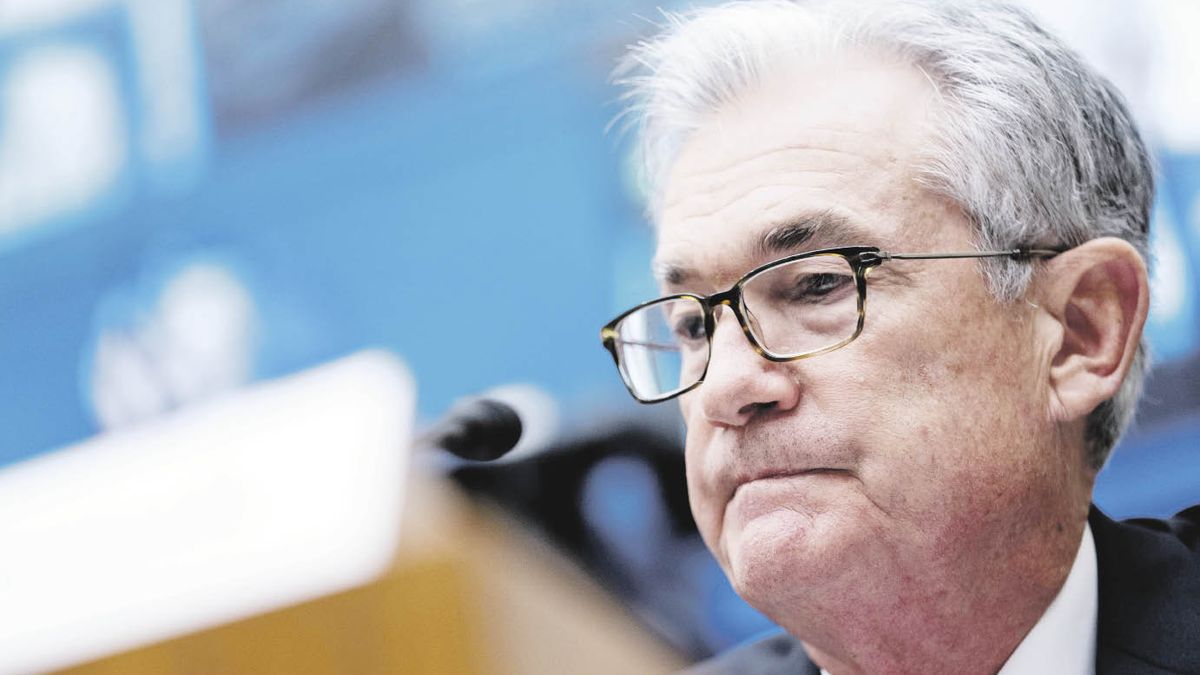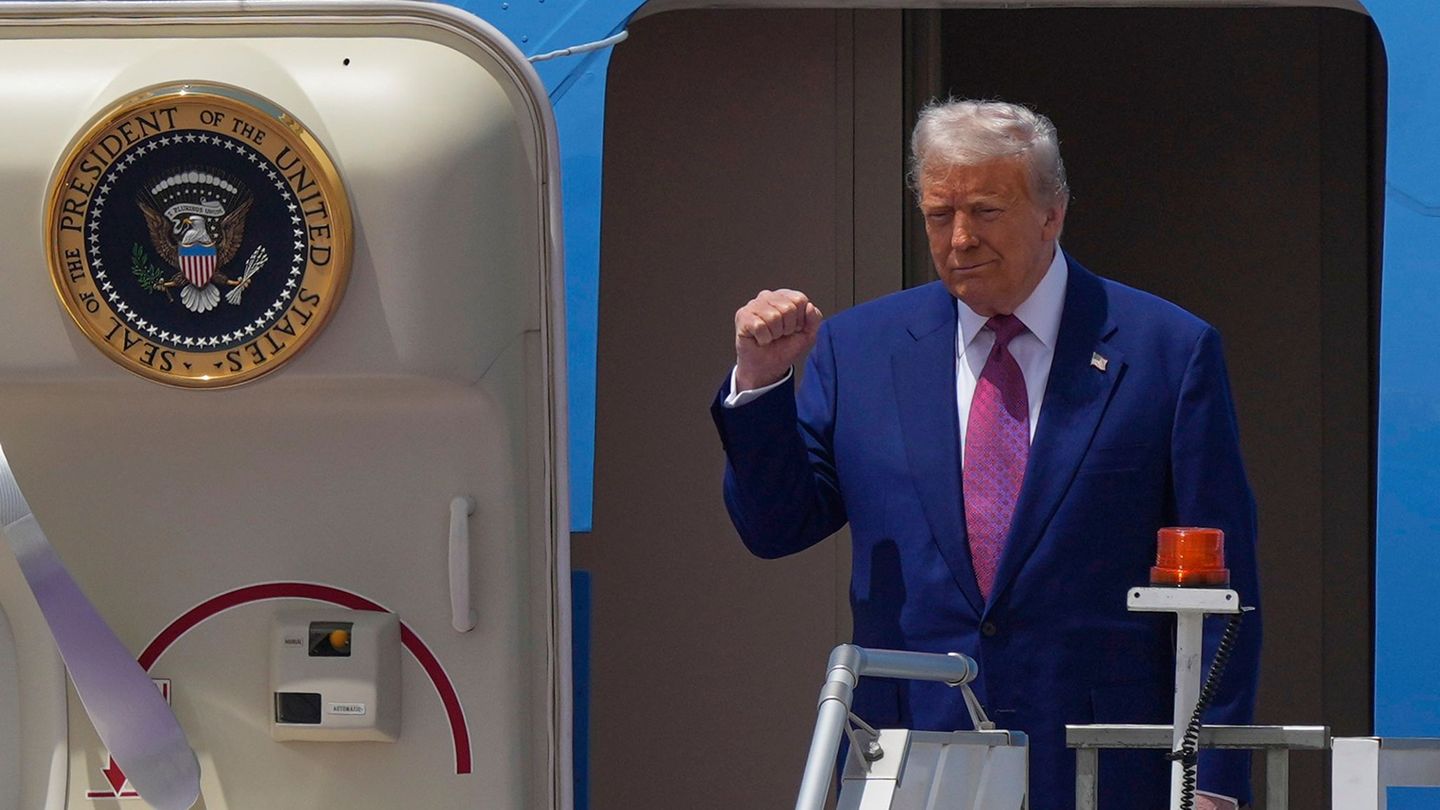In a post-meeting news conference, Fed Chairman Jerome Powell said the return to smaller rate hikes was meant to allow for a more gradual search for a potential stopping point, and that policymakers passed session “talking a lot about the way forward” as the central bank nears what could be the end of its hike cycle.
However, that session also came ahead of the release of key data that showed an unusually strong rise in employment in January and a slower-than-expected inflation slowdown, a trend expected to continue with the release of a report on Friday. on the behavior of the Fed’s preferred inflation index in January.
The Fed uses the Personal Consumption Expenditure Price Index to set its 2% inflation target. Economists polled by Reuters expect only a slight improvement in January, with an annual fall of 4.4% to 4.3% after excluding the more volatile components of food and energy. Core inflation increased from 0.3% to 0.4% mom.
Since the meeting, some policymakers have acknowledged that they pushed for half-point rate hikes to stay in place at the last meeting, while investors have upgraded their own forecasts for the Fed’s possible course.
the-federal-reserve-of-the-usa1.jpg
Most do not believe that there will be new increases of half a point, but they do see possible more increases than expected and a maintenance at a high level for longer.
the minutes, could show the extent to which the Fed continues to lean towards a hawkish policy, especially in a meeting that turned out to be Lael Brainard’s last as vice chair, which was one of the Fed’s most sensitive to the risks facing the economy under tight monetary policy and the most detailed in outlining the reasons why inflation could slow down faster than expected.
Whereas there was little disagreement last year about what the Fed needed to do when inflation hit its 40-year high, the central bank is now in a more bipartisan debate.”to find out to what extent the economy’s resilience so far reflects delays in monetary tightening in the face of a higher near-term neutral rate” needed for businesses and households to slow spendingISI Evercore analysts wrote.
How it affects Argentina
For the Fed to raise rates means that a risk-free US treasury bond pays more. This reduces global liquidity, which is why the emerging economies as a whole suffer both at the level of financing and at the exchange level. In this context, global investors are more eager to run from emerging countries towards safe assets such as US Treasury bonds or the US dollar. This phenomenon is known as fly to quality. As a consequence, financing worldwide becomes more expensive, impacting currencies and the price of commodities.
As for local debt, the rise in rates may imply that bonds continue to fall and make it difficult for the country’s risk to decrease.
Source: Ambito




